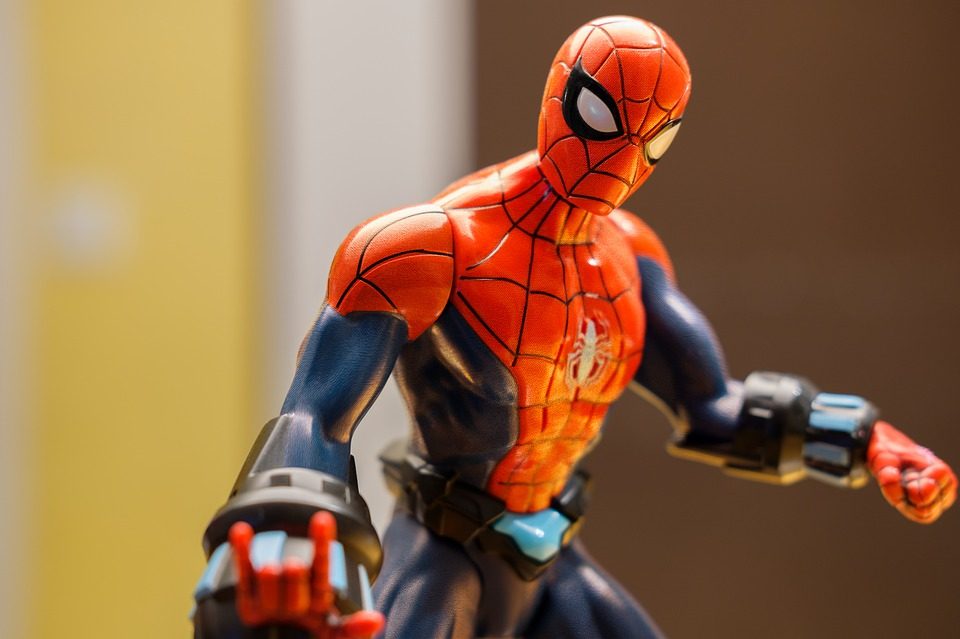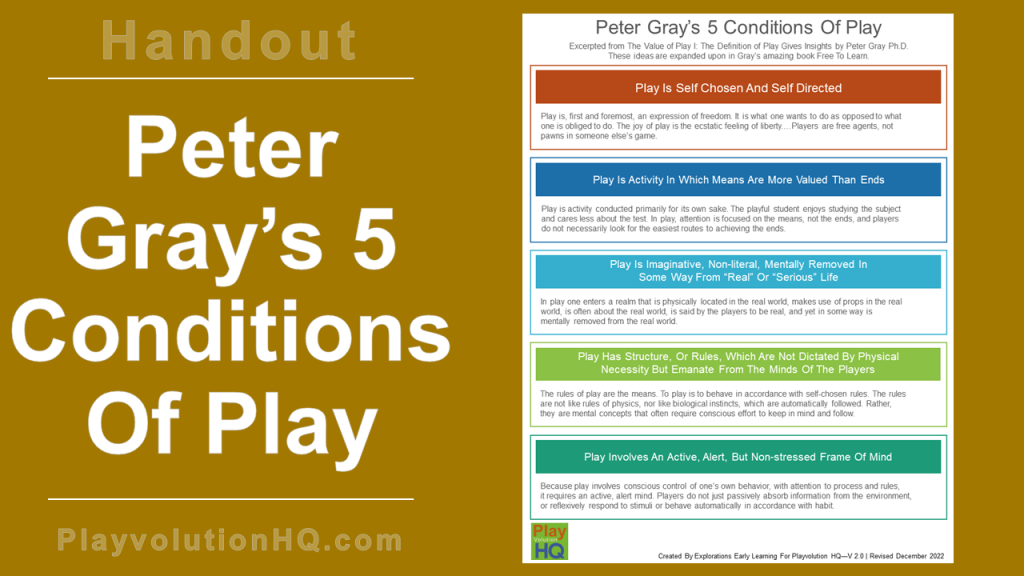
About The Phrase Play Is In The Child Not The Toy
The phrase ‘Play Is In The Child Not The Toy’ encapsulates the idea that real play sprouts from the player’s interests, curiosity, and knowledge of the world, and not from the physical objects with which they engage. Play tends to be internally motivated.
Physical objects–store-bought toys or loose parts–serve as props that assist the player in telling their internally-driven play story.
For example, a cardboard box may serve as a car for a child thinking about driving, a spaceship for a child contemplating a trip to the moon, a block for a child with Minecraft on the brain, or a cave for a child who just watched a video about bears hibernating. All those play scenarios grow from what’s on the child’s mind, not from the box.

One reason some early learning professionals favor loose parts over store-bought toys is that the loose parts are more open-ended–they offer the flexibility of an empty cardboard box.
Designers of store-bought toys often try to build play into their toys. For example, a Spiderman figurine comes with the baggage of the entire Marvel universe–all the movies, cartoons, video games, bed sheets, breakfast cereals, comic books, and underwear come to mind when you see Spidey.

But no matter how strong the pull to play out scenarios from Spiderman’s world, the child’s interest wins out. That Spiderman figurine may become ‘the dad’ when a child want’s to play out a scenario that happened over the weekend. Or Spidey may become Wonder Woman for a child who is interested in superhero play but lacks the proper figurine.
Final Play Is In The Child Not The Toy Thoughts
It should be noted that adults who do not understand that play is internally motivated sometimes put a halt to play they find aesthetically unpleasing or philosophically uncomfortable. Different types of power play are often stopped for these reasons, for example. Children are also chastised for not playing with a toy or object ‘right’ when their internally-driven play scenario doesn’t fit adult expectations. ‘That’s Spiderman, not Wonder Woman, play right!’ or ‘That’s a candy cane, not a gun. Stop shooting the dog. Play right.’
To dig deeper into how play is in the child not the toy–how it is internally motivated and driven–checkout this PDF highlighting Peter Gray’s 5 conditions of play:

Contribute content to Playvolution HQ
Brought to you by Explorations Early Learning
Thoughts On This Entry?
I’d love to hear your thoughts on improving this entry and suggestions for additional glossary additions in the comments below. You can also contact me with comments or concerns.
Browse Trainings
Post Author
Jeff Johnson is an early learning trainer, podcaster, and author who founded Explorations Early Learning, Playvolution HQ, and Play Haven.


Leave a Reply